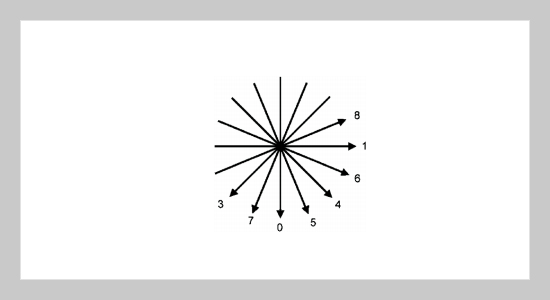Jen-Shiun Chiang1 , Chih-Hsien Hsia This email address is being protected from spambots. You need JavaScript enabled to view it.1 and Tsai-Yuan Teng2 1Multimedia IC Design Lab., Department of Electrical Engineering, Tamkang University, Tamsui, Taiwan 251, R.O.C.
2Department of Computer Science & Information Engineering, Tamkang University, Tamsui, Taiwan 251, R.O.C.
Received:
January 29, 2007
Accepted:
May 18, 2007
Publication Date:
March 1, 2008
Download Citation:
||https://doi.org/10.6180/jase.2008.11.1.07
The H.264/MPEG-4 (Advanced Video Coding) AVC video coding includes a multidirectional spatial prediction method to reduce spatial redundancy by using neighboring samples as a prediction for the samples in a block of data to be encoded. The main goal of the intra prediction is to achieve better compression efficiency. For finding the optimal prediction modes, H.264/MPEG-4 AVC adopts the full search algorithm in the standard. The high computation complexity of the full search algorithm makes the encoding of H.264/MPEG-4 AVC to be difficult to meet real time applications. In this work, we proposed a Fast Intra Prediction Mode Decision Algorithm (FIPMDA) for 4 x 4 intra blocks, which is based on the partially sampling prediction and symmetry of the adjacent angle modes, to reduce the computational time and low complexity of the 4 x 4 block intra-prediction. Experimental results show that the proposed method can reduce the encoder time of the intra prediction by more than 60% while maintaining similar video bit rate and qualityABSTRACT
Keywords:
H.264/MPEG-4 AVC, Intra Prediction, Fast Intra Prediction Mode Decision Algorithm (FIPMDA)
REFERENCES
















